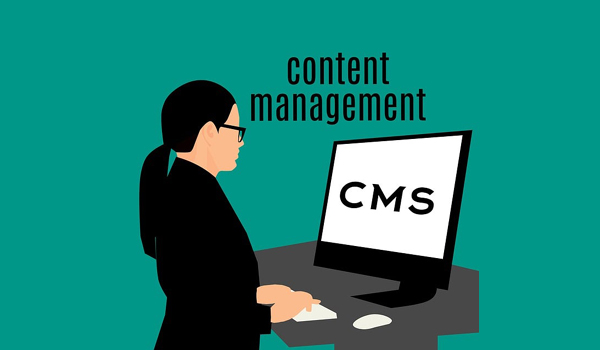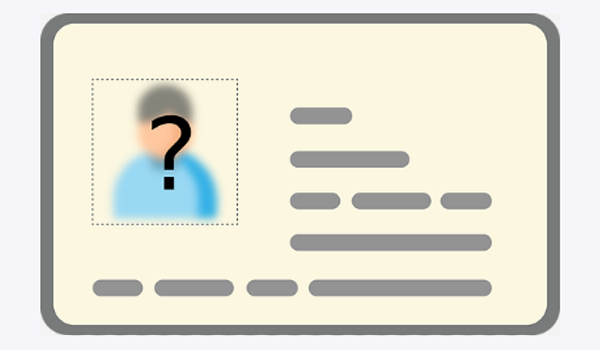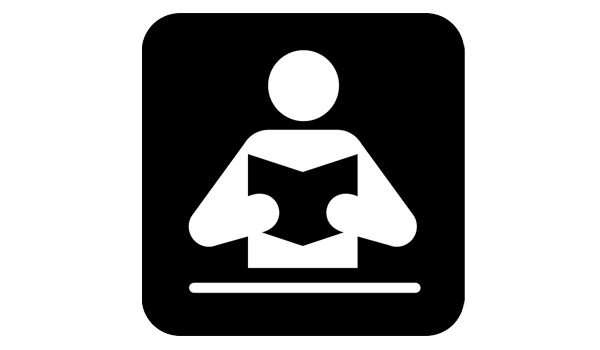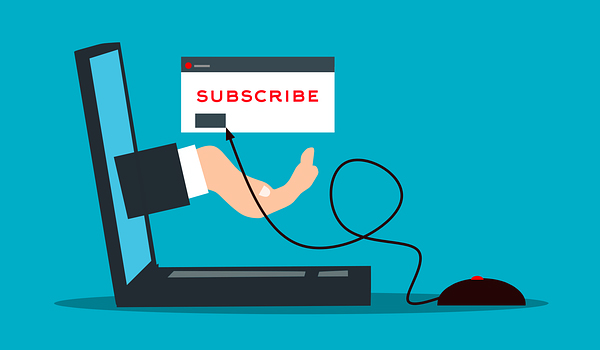Find Best Digital Rights Management Software for Your Business
We help you find the right Digital Rights Management Software for your business.
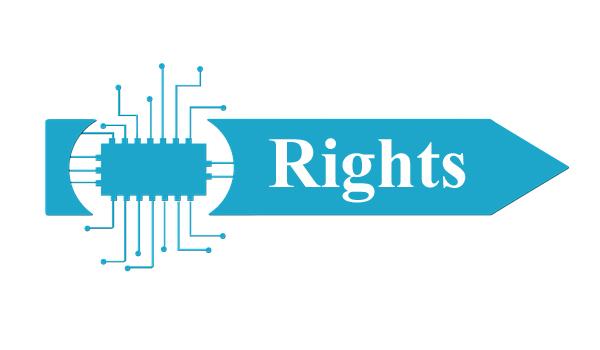
Browse Popular Digital Rights Management Software
Up-to-date listing of Digital Rights Management Software to assist you throughout your software selection and purchase journey.
Digital Rights Management Software
Explore best Digital Rights Management Software for your business.
Digital Rights Management Software
Digital Rights Management Software, often referred to as DRM Software, acts as a robust guardian of digital copyrights, offering publishers and content creators the means to control the use and distribution of their digital assets. This powerful software empowers authors and publishers to specify actions allowed for paying users, thereby deterring unauthorized access and mitigating potential legal complications. By proactively securing digital content and software, DRM Software serves as a preventative measure against unauthorized sharing and piracy, effectively overseeing the handling, sharing, and proliferation of copyrighted materials, including multimedia content and software. Additionally, it plays a pivotal role in enforcing access policies within digital devices.
DRM Software operates on a foundation of codes designed to not only restrict copying but also limit the extent to which a particular product can be accessed in terms of time and the number of devices. Creators of digital content, whether it be media, e-books, software, or other copyrighted materials, employ applications embedding encryption to ensure that access is granted only to individuals possessing decryption keys. Furthermore, DRM Software offers versatile strategies to safeguard content, products, or software:
- Restricting or preventing users from editing or saving content.
- Imposing barriers on sharing or forwarding of products and content.
- Limiting or blocking the printing of documents or artwork, often with a cap on the number of permissible prints.
- Prohibiting the creation of screenshots or screen captures.
- Allowing the establishment of an expiry date or a limited number of uses for a given user.
- Locking access exclusively to designated IP addresses, locations, or devices.
- Employing watermarks to assert ownership and identity.
- Facilitating the logging of user interactions with content, media, or software, including timestamps and user identities.
Advantages of DRM Software
The Advantages of DRM Software include:
- Enhancing communication between companies and users by clarifying permissible actions regarding digital content.
- Exerting precise control over how users interact with content, covering scenarios such as listening to music across multiple devices and sharing content within familial circles.
- Safeguarding the integrity and ownership of works by preventing unauthorized alterations.
- Ensuring that only paying users can access videos or movies, strictly restricting access to designated audiences.
- Effectively thwarting unauthorized users from accessing confidential files, thereby enhancing security and privacy.
- Protecting code from surreptitious alterations and attempts at debugging.
- Restricting users from exercising certain rights granted by copyright law, such as creating backup copies of CDs or DVDs, accessing public domain works, or using copyrighted materials for research and educational purposes.
- As a result, DRM Software emerges as a comprehensive solution for the protection, control, and management of digital content and intellectual property rights within the ever-evolving digital landscape.
